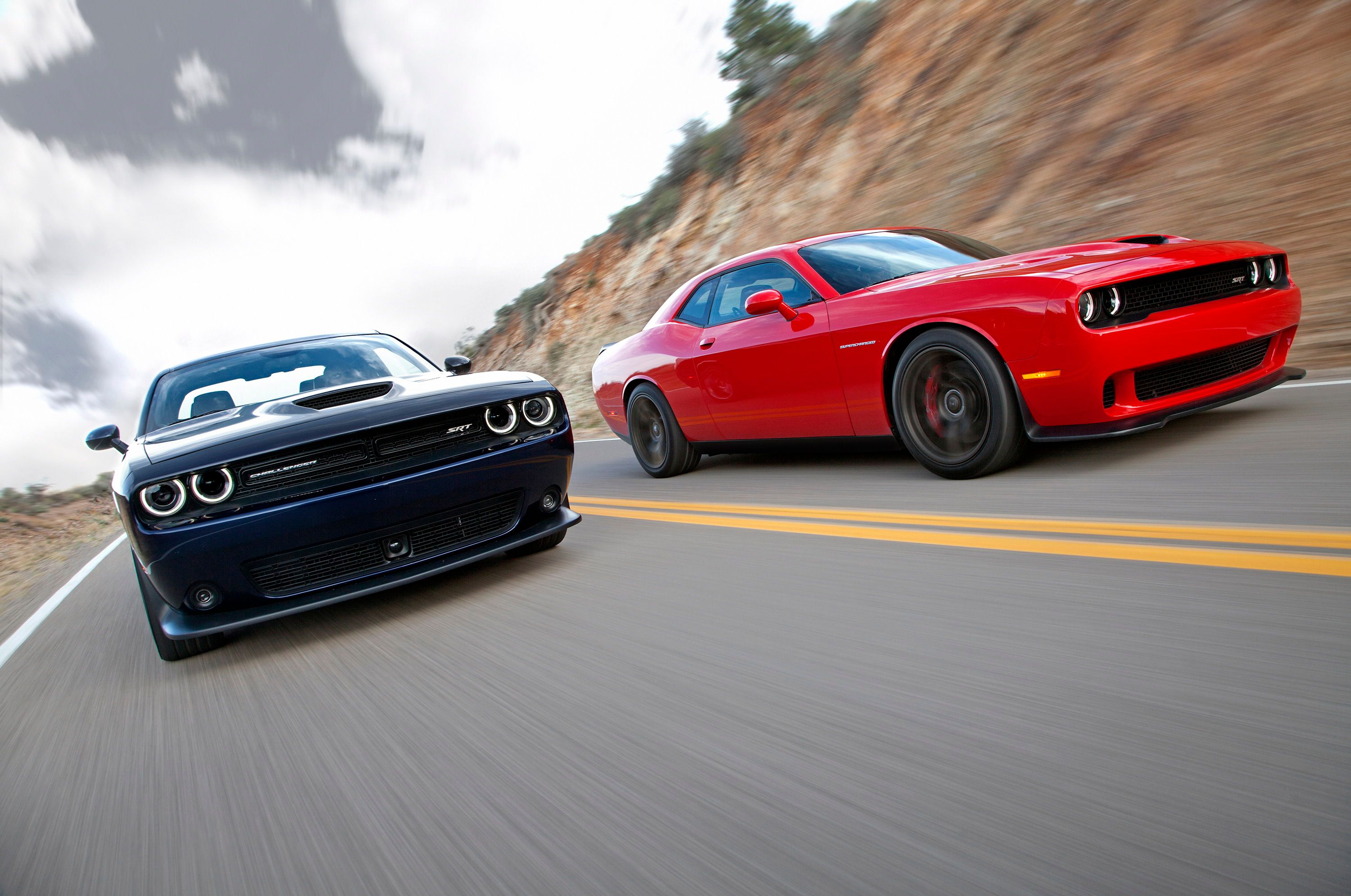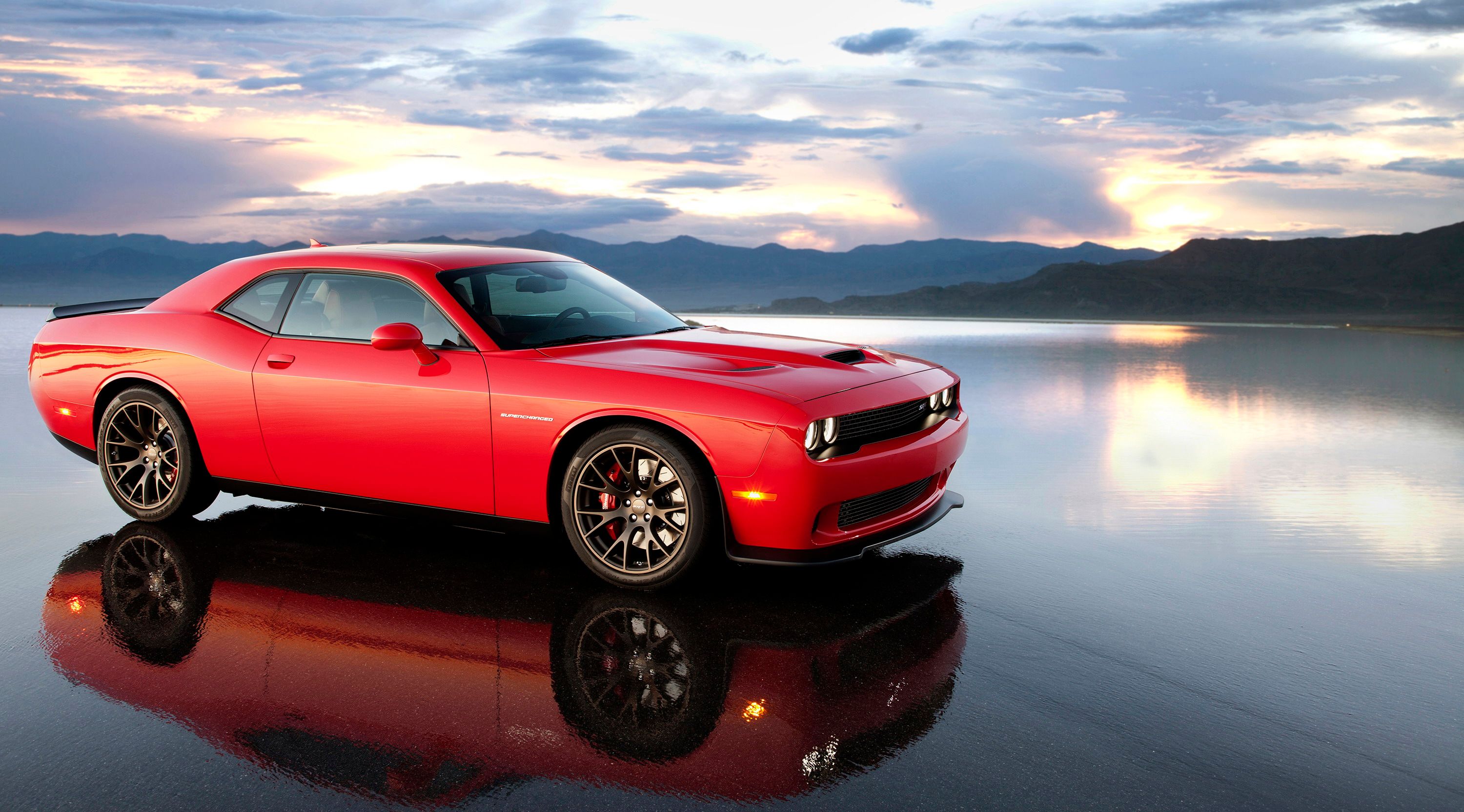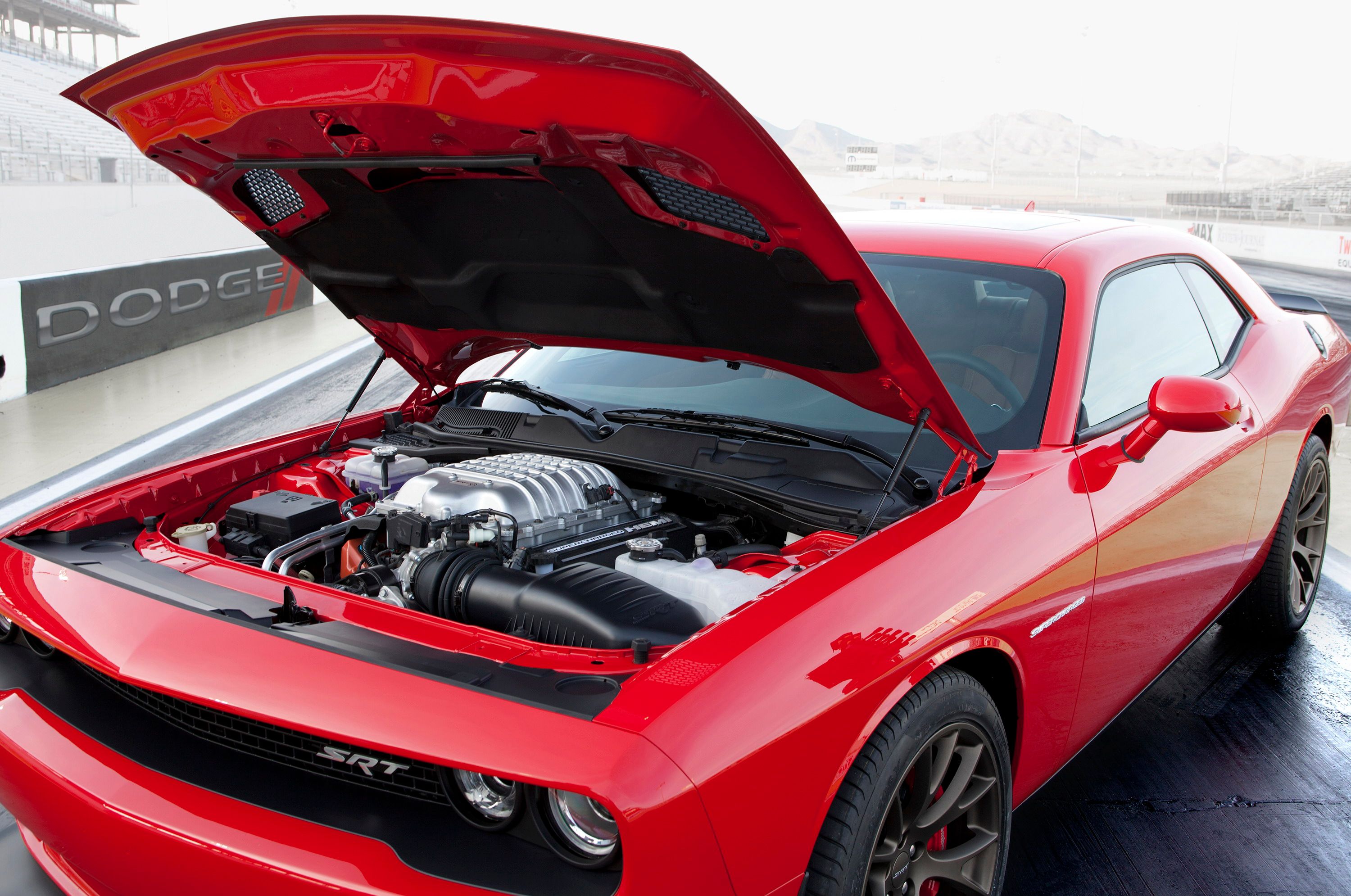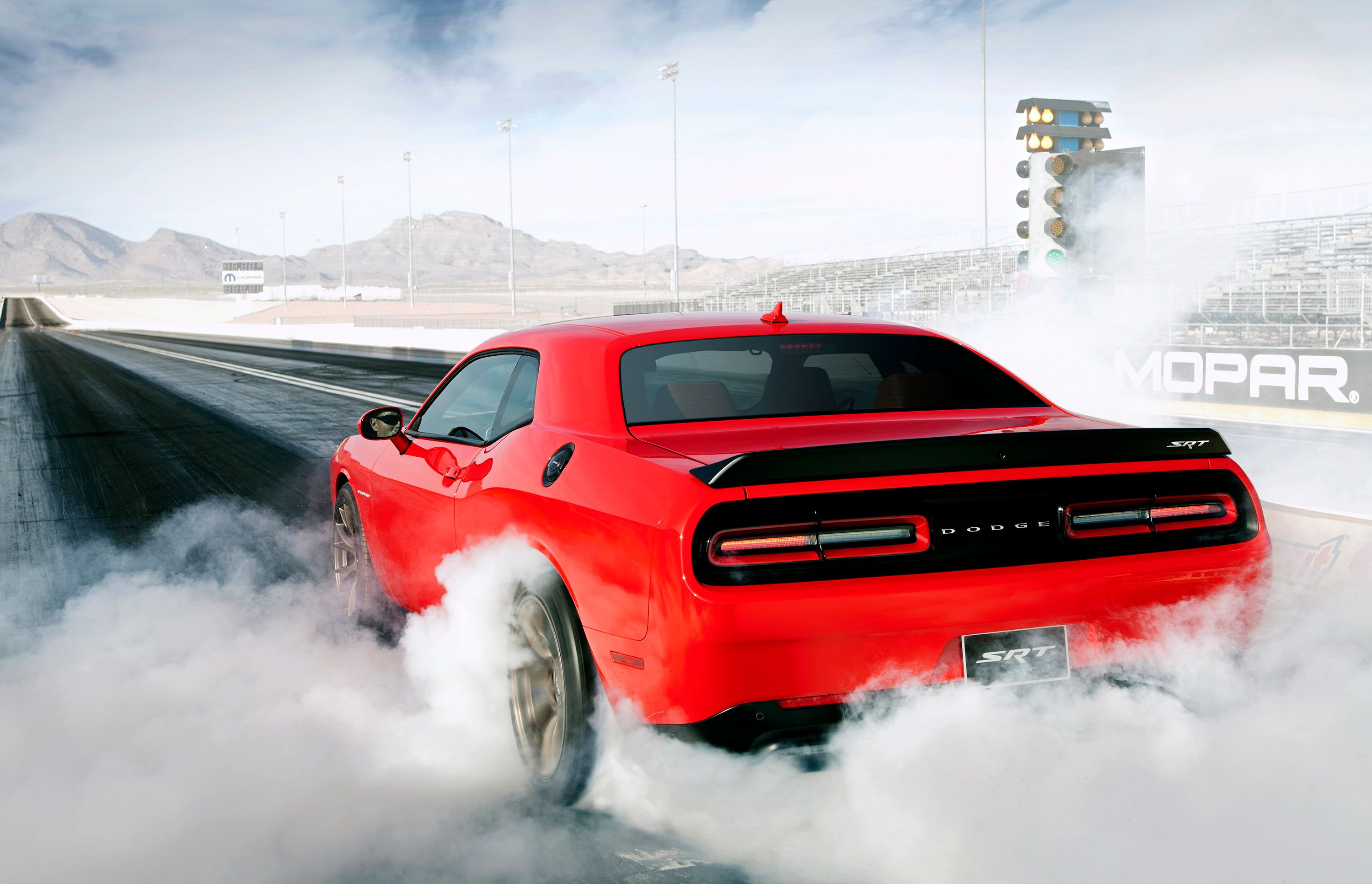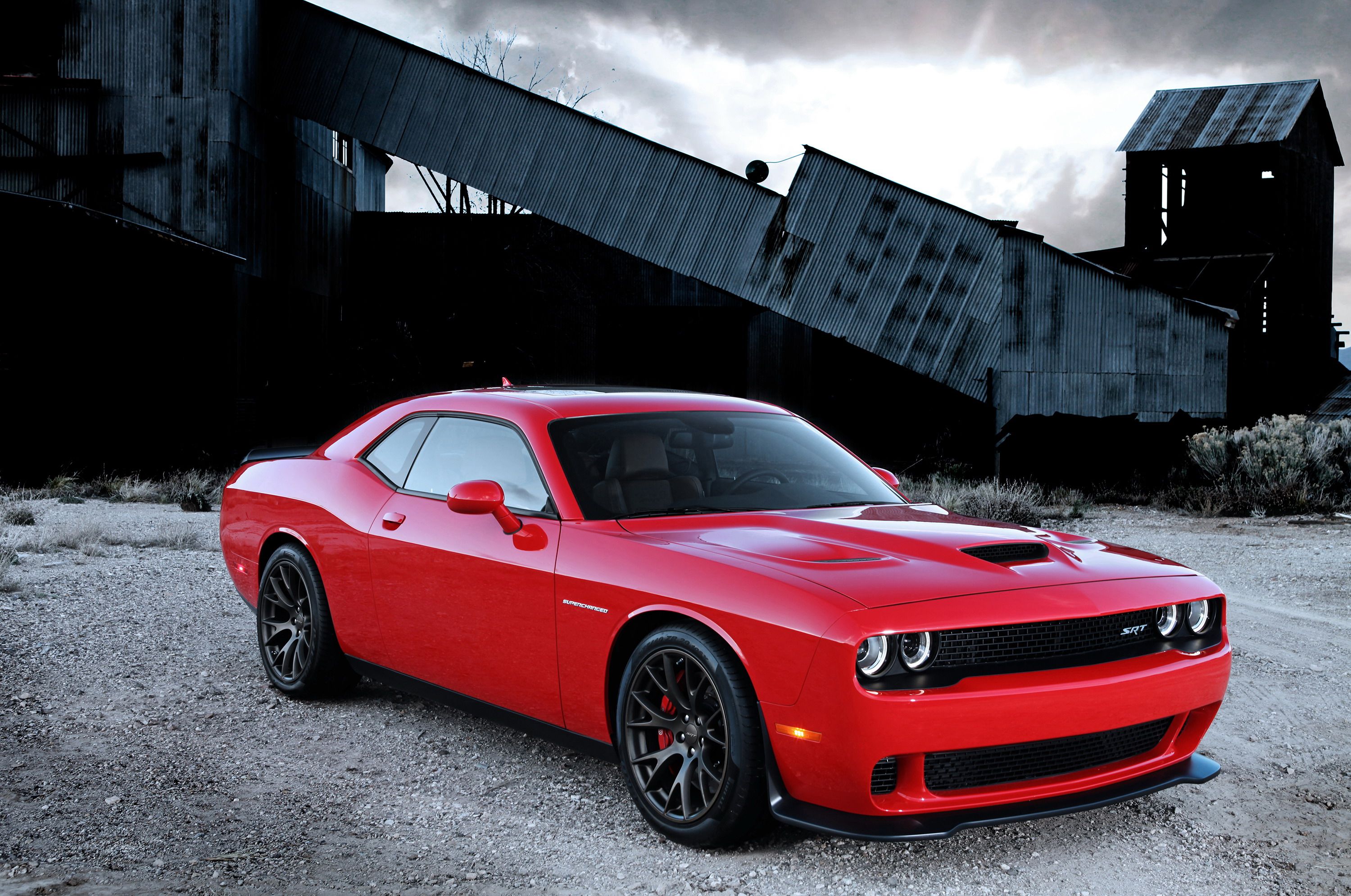We recently spoke of how the base Dodge Challenger Hellcat, somehow, became the base car in Dodge’s supercharged lineup. While this fact, in itself, is bonkers, the 2015 Dodge Challenger SRT Hellcat, with its 707 horsepower (717 horsepower from 2018) laid the foundation for a whole line of epic, high-performance MOPARs. But there are certain traits that defined a car as a true American Muscle car, and while each of the Hellcat’s derivatives is worthy of the title, we think the original, 2015 Challenger Hellcat best embodies the Muscle car philosophy, and here’s why.
Being fast in a straight line is still the most important thing
While modern-day Muscle cars are much more capable than their ancestors in terms of cornering capabilities, the Challenger Hellcat isn’t what you would call athletic. Yes, its 6.2-liter, supercharged, Hemi V-8 packs over 700 horsepower and 650 pound-feet (881 Nm), but on a technical circuit, something like a Porsche 911 GT3 would run circles around it.
Any Muscle car aficionado would point out that cornering was never what Muscle cars were meant for. As the Challenger and by extension the Charger carried on, more capable versions emerged. The widebody package added up to 3.5 inches (89 mm) of width on each side, and allowed for much beefier, 305/35 R20 tires, to be fitted. While this greatly improved the Hellcat’s cornering ability and, technically, made it a better car, it was like trying to turn a fat man into an athlete.
With that said, the base Challenger Hellcat came with a less radical set of 275/40 R20 tires all around, which in most cases, were capable of handling the V-8’s big power. Moreover, if you remember the classic Muscle cars from the late 1960s and early 1970s, none of them featured big tires out of the factory. The range-topping Dodge Challenger in 1969 was the 426 Hemi and it came with 7x15-inch wheels. Moreover, Muscle cars should be able to easily kick the back end out and do burnouts, and out of all modern Challengers, the base Hellcat is the best at it.
A more “restrained” look
I’m not suggesting for a second that Dodge’s Muscle car lineup is anything short of unapologetic, flamboyant, and loud. You only need to look at the color options (and their names) like Go Mango, Green Go, Octane Red, Blood Orange, and Destroyer Grey, to name a few. Couple any of them with the distinctive wine of the 2.4-liter, IHI, twin-scroll, supercharger, and you can see why no one can paint the Hellcat as a subtle car.
With that said, the original Challenger Hellcat lacks the widebody, giving it a cleaner look. While its absence also deprives it of stickier tires, you have to remember that the original concept of the Muscle car is to give people affordable performance. Unless you look at it from a close distance, the standard Hellcat looks almost as average as any other Challenger, and because of this, it is a better homage to the high-performance MOPARs of old. Moreover, the Challenger SRT Hellcat actually looks like a classic Muscle car thanks to its retro-futuristic design, which is not something that can be said for the four-door Charger, despite featuring some of the classic design cues like the iconic side line.
Underrated like its ancestors
If you are into classic American Muscle cars, you would know that Dodge, as well as many of its competitors, were known for underrating their engine output. This was done in order for the race versions to be able to dominate in motorsports, and while the Challenger Hellcat did not see any professional racing, a dyno test revealed that the 707-horsepower figure is not exactly accurate.
Back in 2015, when the Dodge Challenger Hellcat came out, the supercharged MOPAR was put to the dyno where it made 669 horsepower (492 kilowatts) and 606 pound-feet (821 Nm) at the rear wheels. After adjusting for driveline loss, the actual output is in the neighborhood of 790 horsepower and roughly 680 pound-feet (922 Nm) to the crankshaft. So does that make the Dodge Challenger SRT Hellcat Redeye irrelevant?
To put things into context, the 426 Hemi, put in the 1969 Dodge Challenger (and other MOPARS) was rated at 425 horsepower when in reality, it made 470. The situation was no different for the 440 Magnum, which was rated at 375 to 390 horsepower, depending on whether it had the “Six-pack” option. The actual numbers were 415 and 430 horsepower. While the same may be true for other Hellcat variants and their derivatives, we haven’t seen any dyno sheets suggesting it, just yet.
You could still get it with a manual
Any Muscle car should have the option of a stick shift. While nothing bad can be said about the Torqueflite (ZF), eight-speed automatic, Dodge decided to stop offering the six-speed manual for the Hellcat models. While this happened in 2021, it’s worth noting that the base Challenger Hellcat gave you the option to work that third pedal and stick yourself.
The most affordable and usable Challenger Hellcat
The suggested MSRP for the Dodge Challenger SRT Hellcat is $68,320. This makes the supercharged MOPAR the most affordable way to get a high-horsepower, supercharged Muscle car, which you can drive every day. To put things in perspective, the Hellcat Redeye will set you back almost $76,925 and the Jail Break, $84,225. The drag-focused SRT Demon starts at $86,090.
The original Challenger Hellcat is not only the most affordable in the range, but also the most comfortable of all, having a full interior with all amenities. In case you wonder, the Widebody package will set you back $2,495 and can be fitted to earlier Hellcat models. It’s also, probably, the most tempting option for the Hellcat. Even without the widebody, the base Hellcat is not a small car. Moreover, it lacks the more aggressive suspension and chassis tuning of the more high-performance versions and it has a full interior, making it the most usable of all Challenger Hellcat models.

